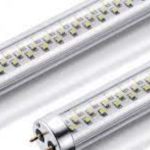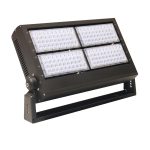Decoding LED Light Colors: Understanding the Meaning Behind Different Illuminations
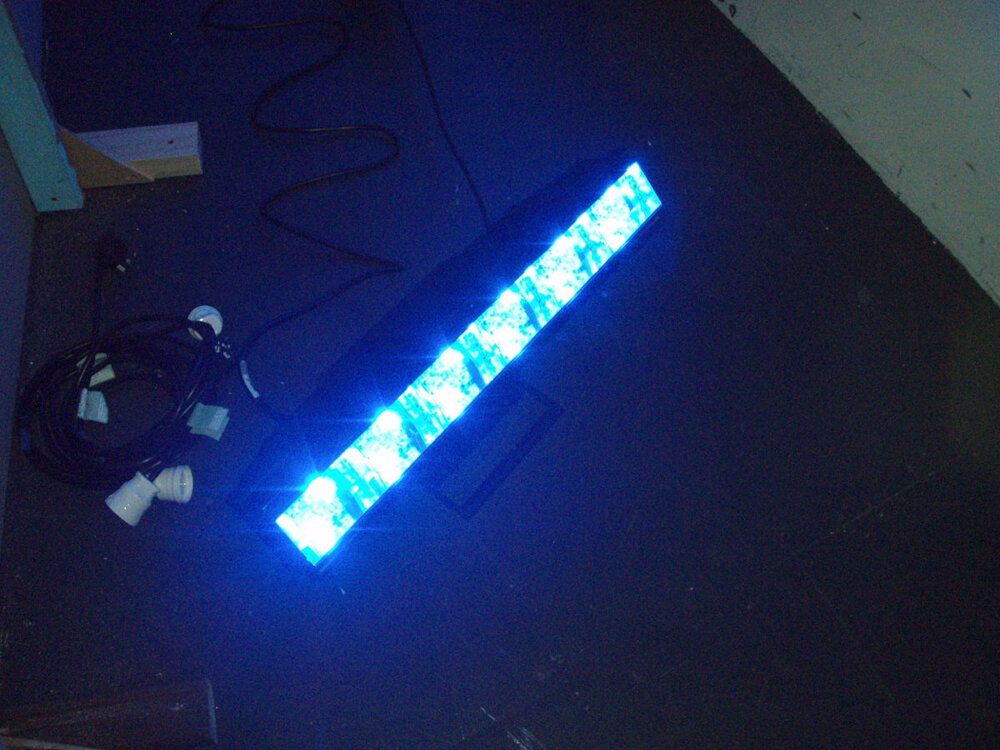
LED lights have become a staple in our daily lives, from lighting up our homes to illuminating streets and public spaces. But have you ever stopped to wonder why LED lights come in different colors? Understanding the meaning behind the different illuminations can help us make informed decisions when selecting the right lighting for our needs. From setting the mood in a room to enhancing visibility on the road, each color of LED light serves a specific purpose and has its own unique characteristics. LED lights emit light in a specific wavelength, which determines the color of the light. The color of an LED light is measured in nanometers (nm), with each color falling within a specific range of wavelengths. Red, for example, falls between 620-750nm, while blue falls between 450-490nm. Understanding the range of wavelengths for each color can help us understand the meaning behind the different illuminations and make informed decisions when selecting LED lights for our homes, workplaces, and public spaces. In this article, we’ll explore the different colors of LED lights, their meanings, and their applications.
LED lights, or Light Emitting Diodes, are a popular lighting technology that have revolutionized the way we light our homes, offices, and public spaces. Unlike traditional incandescent bulbs, LED lights don’t rely on a filament to produce light. Instead, they use a semiconductor material to convert electrical energy into light. This makes them much more energy-efficient, longer-lasting, and environmentally-friendly than traditional bulbs. LED lights come in a variety of colors, each with its own unique meaning and significance. Understanding the different colors of LED lights can help us create the perfect ambiance for any occasion, from relaxing at home to hosting a party.
LED lights come in an array of colors, each with its unique significance. Red, for instance, is commonly associated with warmth and vitality, making it a popular choice in home and office settings. Blue, on the other hand, is often linked to calmness and relaxation, making it ideal for bedrooms and meditation spaces. Green is known for its soothing and rejuvenating qualities, and it is often used in spas and wellness centers. Yellow is associated with optimism and cheerfulness, making it an excellent choice for brightening up a space. Purple is often used in settings where a sense of luxury and opulence is desired, while white is favored for its clean and modern look. Understanding the meanings behind each color of LED light can help you create the perfect atmosphere for any setting.
Red LED Lights
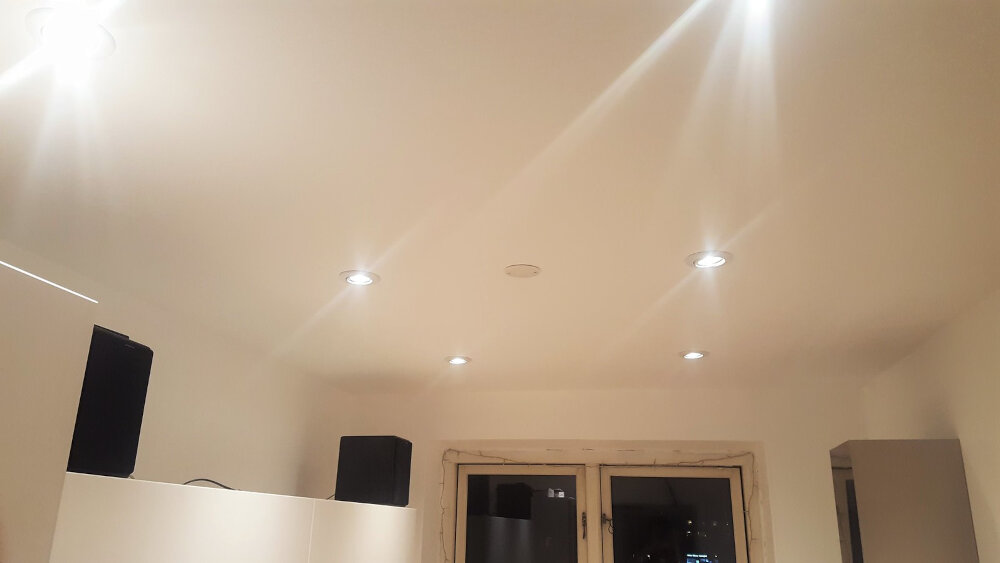
Red LED lights have become increasingly popular in recent years due to their unique and powerful properties. These lights emit a deep red hue that can create an intense and dramatic effect in any setting. The color red is often associated with passion, love, and excitement, making red LED lights a popular choice for romantic settings such as weddings or intimate dinners. Additionally, red LED lights are also commonly used in emergency situations, as the color is highly visible and easily recognizable. Aside from their aesthetic appeal, red LED lights also have several practical applications. In the medical field, red LED lights are often used for phototherapy to treat skin conditions such as acne or wounds. They can also be used to promote healing and reduce inflammation in the body. In the automotive industry, red LED lights are commonly used as brake lights or turn signals due to their high visibility and recognizable color. Overall, red LED lights are a versatile and powerful lighting option that can be used for both practical and aesthetic purposes.
Red LED lights have a wide range of meanings depending on the context in which they are used. In some cases, they are used to indicate danger or warning, such as in emergency vehicles or traffic signals. They can also be used in medical treatment, as red light therapy is believed to promote healing and reduce inflammation. In the realm of entertainment, red lights can be used to create a dramatic or sensual atmosphere, as seen in red light districts or nightclubs. Additionally, red LED lights are commonly used in horticulture to stimulate plant growth and flowering. Overall, red LED lights are versatile and hold different meanings in various applications.
The applications of red LED lights are diverse and widespread. Red LEDs are commonly used in automotive lighting, traffic signals, emergency lights, and aircraft lighting. They are also used in horticulture to stimulate plant growth and in medical applications for photodynamic therapy. In addition, red LED lights are used in consumer electronics, such as televisions, computer monitors, and cell phones, for backlighting and indicator lights. The deep red color of these LEDs is due to the materials used in their construction and their efficient conversion of electricity into light. Overall, the versatility and efficiency of red LED lights make them a popular choice for a variety of applications.
Red LED lights are commonly used in a variety of situations. In traffic lights, the color red indicates that drivers should stop. Emergency vehicles also use red LED lights to signal an emergency or warn other drivers to pull over. Red LED lights are also popular in entertainment settings, such as concerts or nightclubs, where they can create an intense and exciting atmosphere. In addition, red LED lights are used in medical devices, such as pulse oximeters, to measure oxygen levels in the blood. The color red is often associated with danger, passion, and urgency, making it a popular choice for many applications.
Blue LED Lights
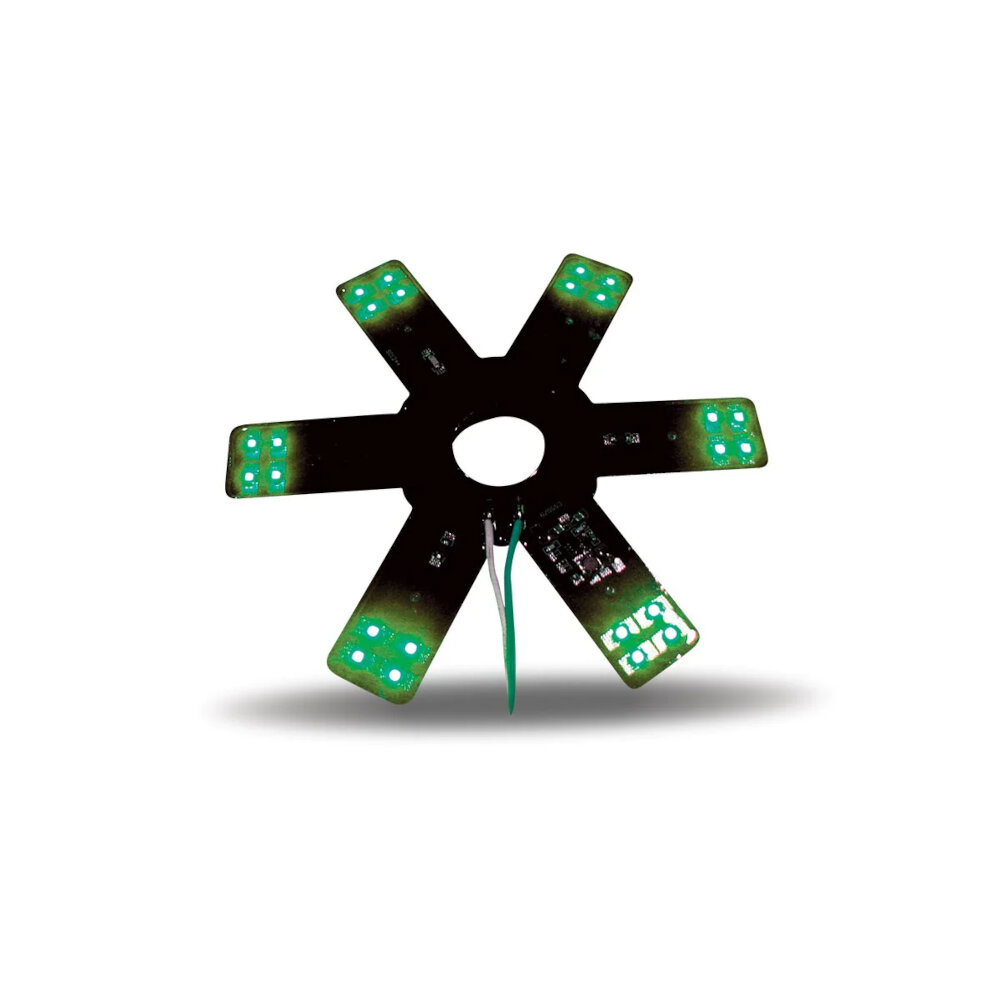
Blue LED lights have become increasingly popular in recent years due to their unique and versatile applications. These lights emit a cool, crisp blue hue that can create a calming and relaxing atmosphere in a room. They are often used in bedrooms, bathrooms, and living spaces to create a serene ambiance that promotes rest and relaxation. Additionally, blue LED lights are commonly used in aquariums and terrariums to simulate natural lighting conditions for fish and plants. This makes them a popular choice for hobbyists and enthusiasts who want to create a more natural and realistic environment for their aquatic or plant life. Beyond their aesthetic and environmental applications, blue LED lights also have practical uses in a variety of industries. For example, they are commonly used in medical equipment and facilities due to their ability to stimulate the production of melatonin, which can help regulate sleep patterns and improve overall health. Additionally, blue LED lights are often used in automotive and aviation applications to create a more efficient and effective lighting system. Overall, blue LED lights are a versatile and valuable lighting option that can be used for a wide range of purposes.
Blue LED lights have become increasingly popular due to their unique properties and versatile applications. The color blue is associated with a sense of calmness, tranquility, and relaxation. It is also known to stimulate productivity, creativity, and focus. Blue LED lights are often used in medical and dental offices, as they are believed to have a germicidal effect, killing bacteria and viruses. In addition, blue LED lights are used in aquariums to simulate natural lighting and enhance the color of aquatic life. They are also common in automotive and aviation industries, as they provide a crisp, bright light that is easy to see in low-light situations. Overall, blue LED lights are a popular choice for their aesthetic appeal and functional properties.
Blue LED lights have a wide range of applications in various fields. In the medical industry, blue LED lights are used for photodynamic therapy, which is a treatment for cancer and other diseases. Blue LED lights are also used in dental clinics to cure gum diseases and tooth decay. In the entertainment industry, blue LED lights are used for stage lighting, creating a cool and dramatic effect. In the field of agriculture, blue LED lights are used to promote plant growth and increase crop yields. Additionally, blue LED lights are used in electronic devices such as smartphones and laptops to backlight the screens. The applications of blue LED lights are vast and varied, and their versatility makes them a popular choice in many industries.
Blue LED lights are commonly used in various situations. One of the most popular applications is in aquariums, where blue LEDs simulate the natural lighting conditions of coral reefs. Blue LEDs are also used in dental offices, where they are used to cure dental fillings and sealants. These lights are also used in the automotive industry, where they provide a cool and futuristic look to cars. Blue LEDs are also ideal for night lighting, as they do not disrupt the body’s natural circadian rhythm. Additionally, blue LEDs are used in the medical field to treat acne, as they can penetrate the skin and kill bacteria.
Green LED Lights
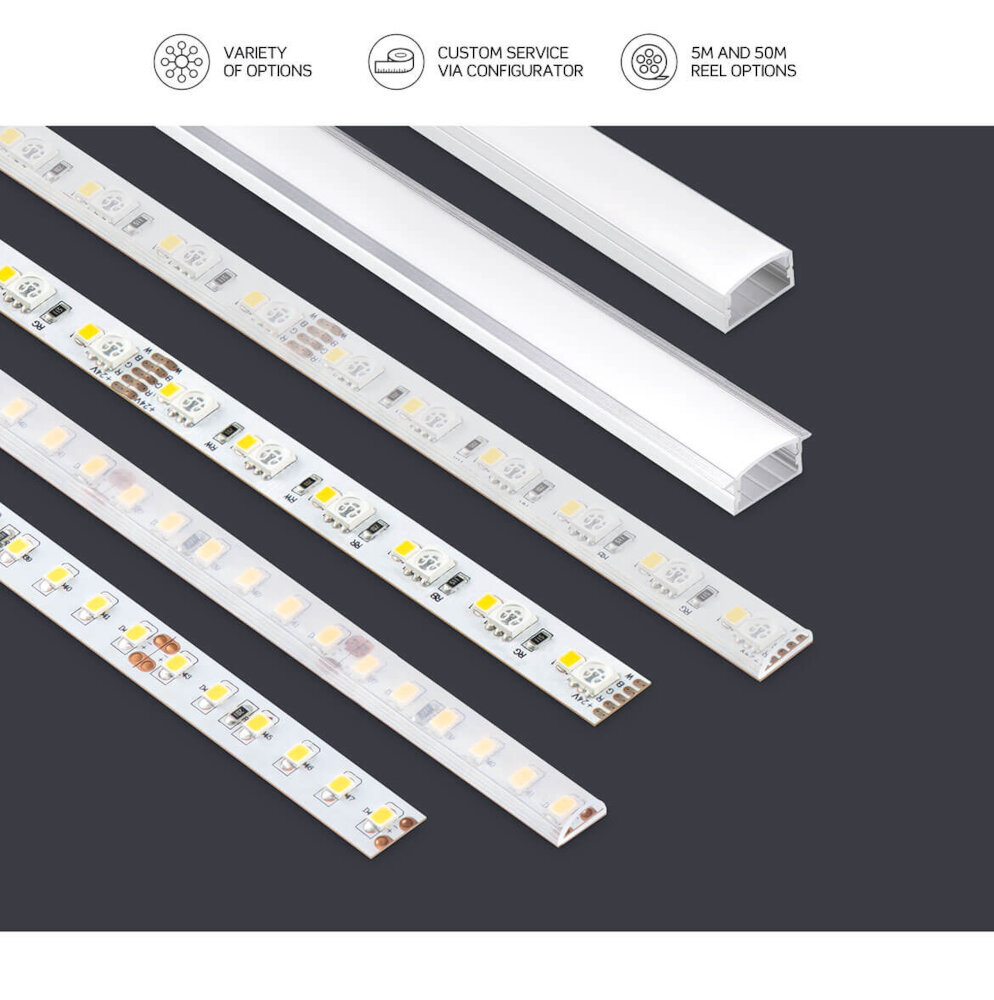
Green LED lights are a popular lighting option for a variety of purposes. They are often used in traffic signals and emergency vehicles due to their high visibility and easy recognition. Additionally, they are commonly used in interior and exterior lighting applications, as they provide a calming and soothing effect. One of the advantages of green LED lights is that they emit a bright, clear light that is easy on the eyes, making them ideal for use in areas where people spend a lot of time, such as offices and homes. They are also energy-efficient, consuming less electricity than traditional incandescent bulbs, which makes them an eco-friendly option. Another advantage of green LED lights is that they are long-lasting and durable. They have a lifespan of up to 50,000 hours, which means they can last for many years without needing to be replaced. This makes them a cost-effective option over the long term, as they require less maintenance and replacement than other types of lighting. In addition, green LED lights are available in a wide range of brightness levels, making them suitable for a variety of lighting applications, from ambient lighting to task lighting. Whether you are looking for a bright, clear light or a more subdued glow, green LED lights offer a versatile and reliable lighting solution.
Green LED lights have a meaning that’s closely associated with nature, growth, and renewal. Green is the color of plants, and it’s often used to represent the earth and environmental issues. It’s also the color of money, representing wealth and prosperity. In terms of LED lights, green is often used to indicate that a device is on or active. For example, a green LED light on a computer mouse might indicate that the mouse is connected and functioning properly. Green is also a popular color for holiday lighting, particularly during Christmas time. Overall, green LED lights have a positive and refreshing connotation, representing life, vitality, and a connection to the natural world.
Green LED lights have a variety of applications in today’s world. One common use of green LED lights is in traffic signals, indicating when it is safe to cross the street or turn left. They are also used in emergency lighting systems, as they are easily visible in low-light conditions. Green LED lights are often used in greenhouses to promote plant growth, as they emit the exact wavelengths of light that plants need for photosynthesis. Additionally, green LED lights are used in some medical applications, such as photodynamic therapy for treating certain types of cancer. In the entertainment industry, green LED lights are commonly used in stage lighting, creating a cool, calming atmosphere. Overall, green LED lights have a wide range of practical applications and are an important part of modern technology.
Green LED lights are used in a variety of situations, ranging from signaling the start of a traffic light cycle to indicating the charging status of electronic devices. They are also commonly used in night vision goggles and other military applications due to their ability to illuminate without disrupting the user’s ability to see in low-light environments. Additionally, green LED lights are often used in horticulture to promote plant growth and in aquariums to simulate natural environments for aquatic life. In some cases, green LED lights are even used in medical settings to treat pain, reduce inflammation, and improve circulation. Overall, the versatility and effectiveness of green LED lights make them a popular choice across a wide range of industries and applications.
Yellow LED Lights
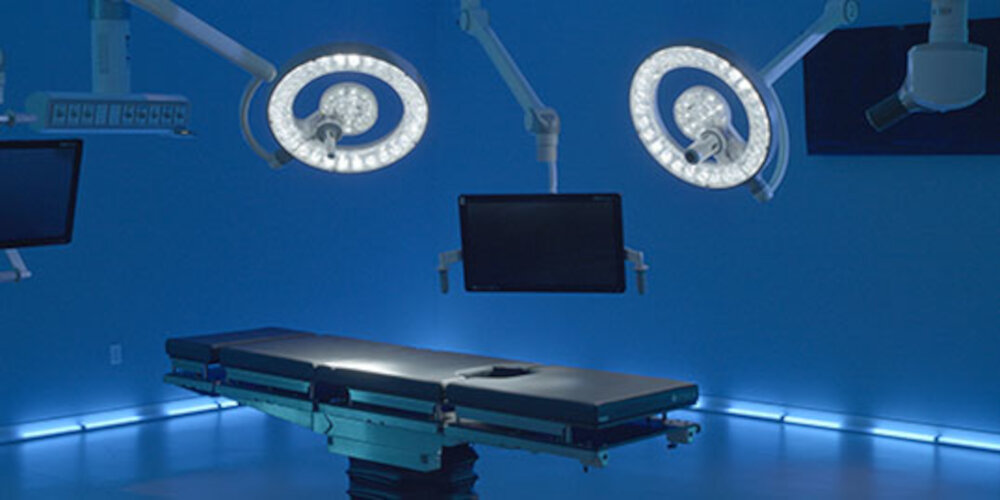
Yellow LED lights are a popular choice for a variety of applications due to their unique properties. They emit a warm, inviting glow that is perfect for creating a cozy atmosphere in any space. Yellow LED lights are often used in interior design to add a touch of warmth and comfort to a room, and they can also be used in outdoor lighting to create a welcoming environment. One of the main benefits of yellow LED lights is that they are energy-efficient and long-lasting. They consume far less energy than traditional incandescent bulbs, which makes them an ideal choice for those who are looking to save on their electricity bills. Additionally, yellow LED lights have a long lifespan, which means that they don’t need to be replaced as often as other types of lighting. This makes them a cost-effective and convenient choice for both residential and commercial applications. Whether you’re looking to create a cozy atmosphere in your home or add a welcoming touch to your commercial space, yellow LED lights are a great choice.
Yellow LED lights are often associated with warmth, optimism, and cheerfulness. The color yellow is known to stimulate mental activity and promote concentration, making it a popular choice for workspaces and study areas. It is also commonly used in sports and entertainment settings to convey a sense of excitement and energy. Yellow LEDs can also be used in outdoor lighting to provide a soft, warm glow that creates a welcoming atmosphere. Additionally, yellow light has been found to have a calming effect on the mind and body, making it a popular choice for relaxation and stress-relief environments. Overall, the use of yellow LED lights can help create a positive and uplifting environment in a variety of settings.
Yellow LED lights have a wide range of applications, from creating a warm and cozy ambiance in homes to signaling caution in heavy machinery. Yellow light is known for its calming effect and is often used in therapeutic settings. It is also used in outdoor lighting to reduce the attraction of insects, making it a popular choice for gardens and patios. Yellow LEDs are commonly used in traffic signals and road signs, as they are highly visible and easily recognizable. Additionally, yellow light is used in photography and videography as it provides a warm and natural-looking illumination that is ideal for capturing skin tones and other subtle details. In summary, yellow LEDs are versatile and have a wide range of applications in various industries.
Yellow LED lights are commonly used in a variety of situations due to their unique properties. One of the most common applications of yellow LED lights is in traffic signals. Yellow lights are used as a warning signal to drivers to slow down and prepare to stop. Additionally, yellow LED lights are commonly used in emergency vehicles such as ambulances and fire trucks to grab the attention of other drivers and indicate that they are on an urgent mission. Yellow LED lights are also used in industrial settings as warning lights, indicating caution or danger in hazardous areas. With their bright and attention-grabbing illumination, yellow LED lights are an important tool for safety and communication in a variety of applications.
LED lights come in various colors, and each of them has a different meaning and application. Red LED lights are commonly used in traffic signals to indicate a stop, and they also have therapeutic benefits, such as reducing inflammation and promoting healing. Blue LED lights are often used in aquariums and hydroponic gardens because they promote plant growth. They are also used in dental offices for teeth whitening treatments. Green LED lights are suitable for outdoor lighting because they are energy-efficient and do not attract insects. They are also used to create a relaxing ambiance in bedrooms and living rooms. Yellow LED lights are ideal for mood lighting and creating a warm, cozy atmosphere. They are commonly used in restaurants and cafes. Lastly, white LED lights are the most versatile and widely used. They come in different shades of white, ranging from cool to warm, and are suitable for various applications, such as task lighting, accent lighting, and general lighting.
Understanding LED light colors and their significance is crucial in today’s world where LED lights are ubiquitous. Different colors of LED lights serve different purposes and understanding their meaning is vital in choosing the right lighting for a particular application. For instance, warm white LED lights are perfect for creating a cozy ambiance in a living room, while cool white lights are ideal for task lighting where clarity is essential. Similarly, red LED lights are used to preserve night vision, while blue and green lights are used for aesthetic purposes. Not only do LED lights serve practical purposes, but they also have a significant impact on our mood, productivity, and overall health. Therefore, understanding LED light colors and their significance is essential in making informed decisions when it comes to lighting.
Choosing the right LED light color is crucial for creating the perfect ambiance and mood for specific situations. Warm white LED lights are ideal for creating a cozy and relaxing atmosphere, making them perfect for living rooms, bedrooms, and other areas where you want to unwind. Cool white LED lights, on the other hand, are great for task-oriented spaces such as kitchens, bathrooms, and offices as they provide a bright and energizing light that helps you focus on your work. For outdoor spaces, you can use a combination of warm white and cool white LED lights to create a natural and comfortable environment. It’s important to consider the purpose of the space and the mood you want to create when choosing the right LED light color.
Conclusion
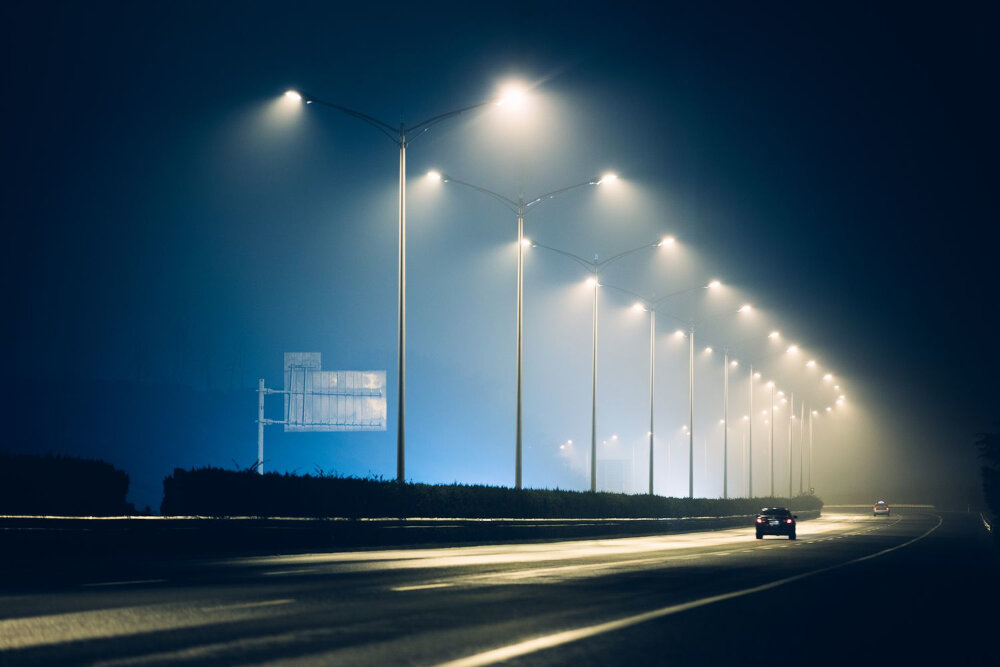
In conclusion, understanding the meaning behind different LED light colors is crucial in creating the desired ambiance and environment. From warm and inviting tones to cool and energizing hues, each color has its own significance and impact on our mood and perception. By decoding LED light colors, we can enhance our experiences and create a more personalized and meaningful space. Whether it’s for home or commercial use, the versatility of LED lights and their wide range of colors make them a valuable tool for creating a unique and dynamic atmosphere. So, next time you switch on an LED light, take a moment to appreciate the subtle nuances and meanings behind its illuminations.

